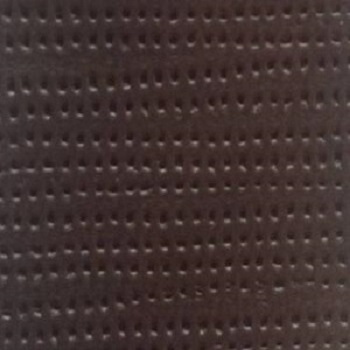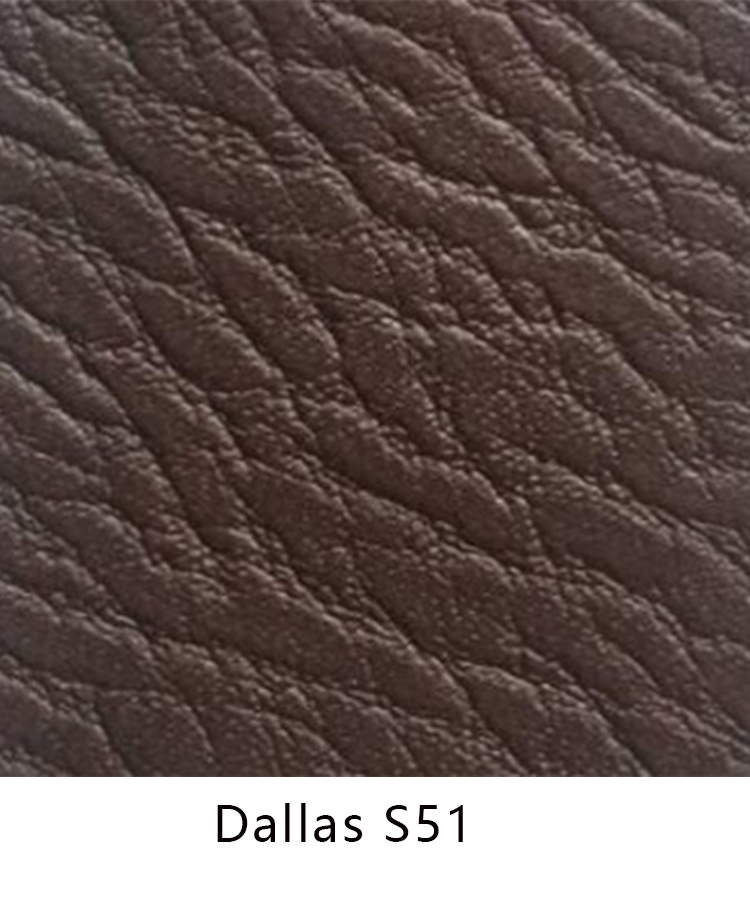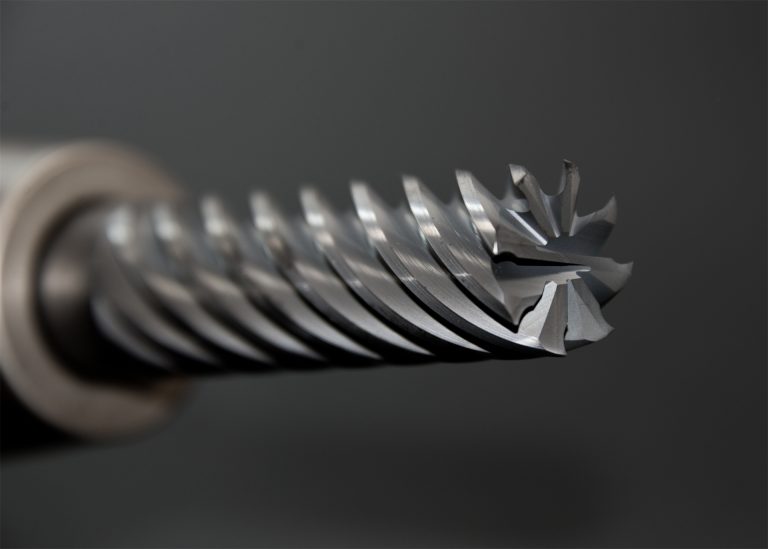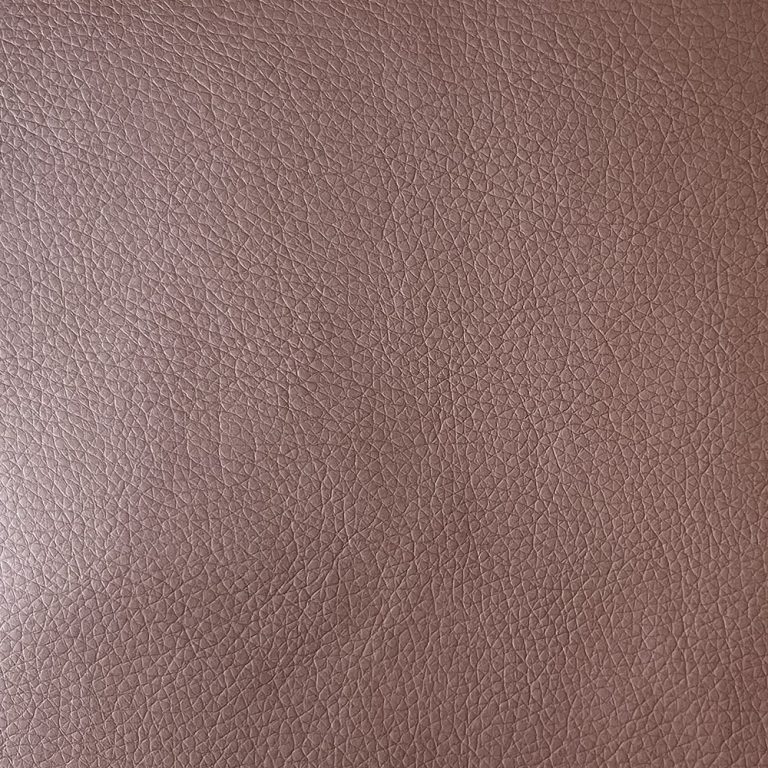Table of Contents
Pros and Cons of Using PU Leather for Sofa Upholstery
PU leather, also known as faux leather or synthetic leather, has become a popular choice for sofa upholstery in recent years. This material is made from a combination of polyurethane and fabric, giving it a leather-like appearance and feel. While PU leather has its advantages, there are also some drawbacks to consider when using it for sofa upholstery.
One of the main advantages of using PU leather for sofa upholstery is its affordability. PU leather is typically much cheaper than genuine leather, making it a more budget-friendly option for those looking to update their furniture without breaking the bank. Additionally, PU leather is available in a wide range of colors and finishes, allowing for greater customization and flexibility in design choices.
Another benefit of PU leather is its durability. PU leather is resistant to stains, scratches, and fading, making it a practical choice for households with children or pets. Additionally, PU leather is easy to clean and maintain, requiring only a damp cloth and mild soap to keep it looking its best.
| Model | Article Name |
| S | PU leather fabric for sofa |
In terms of comfort, PU leather is softer and more supple than genuine leather, making it a cozy and inviting choice for sofa upholstery. PU leather also tends to be more breathable than genuine leather, preventing the buildup of heat and moisture that can occur with other materials.
Despite its many advantages, there are some drawbacks to using PU leather for sofa upholstery. One of the main concerns with PU leather is its environmental impact. PU leather is a synthetic material that is made from petroleum-based products, which can have a negative impact on the environment. Additionally, the production of PU leather can involve the use of toxic chemicals, which can be harmful to both the environment and human health.

Another drawback of PU leather is its tendency to crack and peel over time. While PU leather is durable, it is not as long-lasting as genuine leather and may show signs of wear and tear more quickly. Additionally, PU leather is not as resistant to punctures and tears as genuine leather, making it more susceptible to damage from sharp objects.
In conclusion, PU leather is a popular choice for sofa upholstery due to its affordability, durability, and comfort. However, it is important to consider the environmental impact of using synthetic materials like PU leather, as well as the potential for cracking and peeling over time. Ultimately, the decision to use PU leather for sofa upholstery will depend on individual preferences and priorities.
How to Care for and Maintain PU Leather Sofas
PU leather, also known as faux leather or synthetic leather, is a popular choice for sofas due to its durability, affordability, and ease of maintenance. While PU leather is not as luxurious as genuine leather, it is a great alternative for those looking for a more budget-friendly option that still offers a sleek and stylish look.
One of the key benefits of PU leather is its resistance to stains and spills. Unlike genuine leather, PU leather is not porous, so liquids are less likely to seep into the material and cause permanent damage. However, it is still important to clean up spills promptly to prevent any potential staining. To clean a spill on a PU leather sofa, simply use a damp cloth to blot the area, being careful not to rub the spill into the material.
In addition to spills, dust and dirt can also accumulate on a PU leather sofa over time. To keep your sofa looking its best, it is important to regularly dust and vacuum the surface. Use a soft brush attachment on your vacuum cleaner to gently remove any dust and debris from the crevices of the sofa. For more stubborn dirt, you can use a mild soap and water solution to gently clean the surface of the sofa. Be sure to test the cleaning solution on a small, inconspicuous area of the sofa first to ensure that it does not cause any damage.
Another important aspect of caring for a PU leather sofa is protecting it from direct sunlight. Like genuine leather, PU leather can fade and crack when exposed to prolonged sunlight. To prevent this, it is best to place your sofa away from windows or use curtains or blinds to block out the sun’s rays. Additionally, you can use a leather conditioner or protector to help maintain the sofa’s color and prevent cracking.
When it comes to everyday maintenance, it is important to avoid using harsh chemicals or abrasive cleaners on a PU leather sofa. These can strip the material of its protective coating and cause it to deteriorate over time. Instead, opt for gentle cleaning solutions and a soft cloth to keep your sofa looking its best.

In the event that your PU leather sofa does get scratched or damaged, there are a few options for repair. You can purchase a leather repair kit that includes color-matched adhesive and filler to fix minor scratches and tears. For more extensive damage, it may be best to consult a professional upholstery repair service to ensure that the repair is done correctly.
Overall, caring for and maintaining a PU leather sofa is relatively simple and straightforward. By following these tips and regularly cleaning and protecting your sofa, you can ensure that it remains in good condition for years to come. With proper care, your PU leather sofa can continue to be a stylish and comfortable addition to your home.







